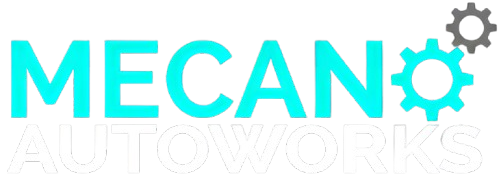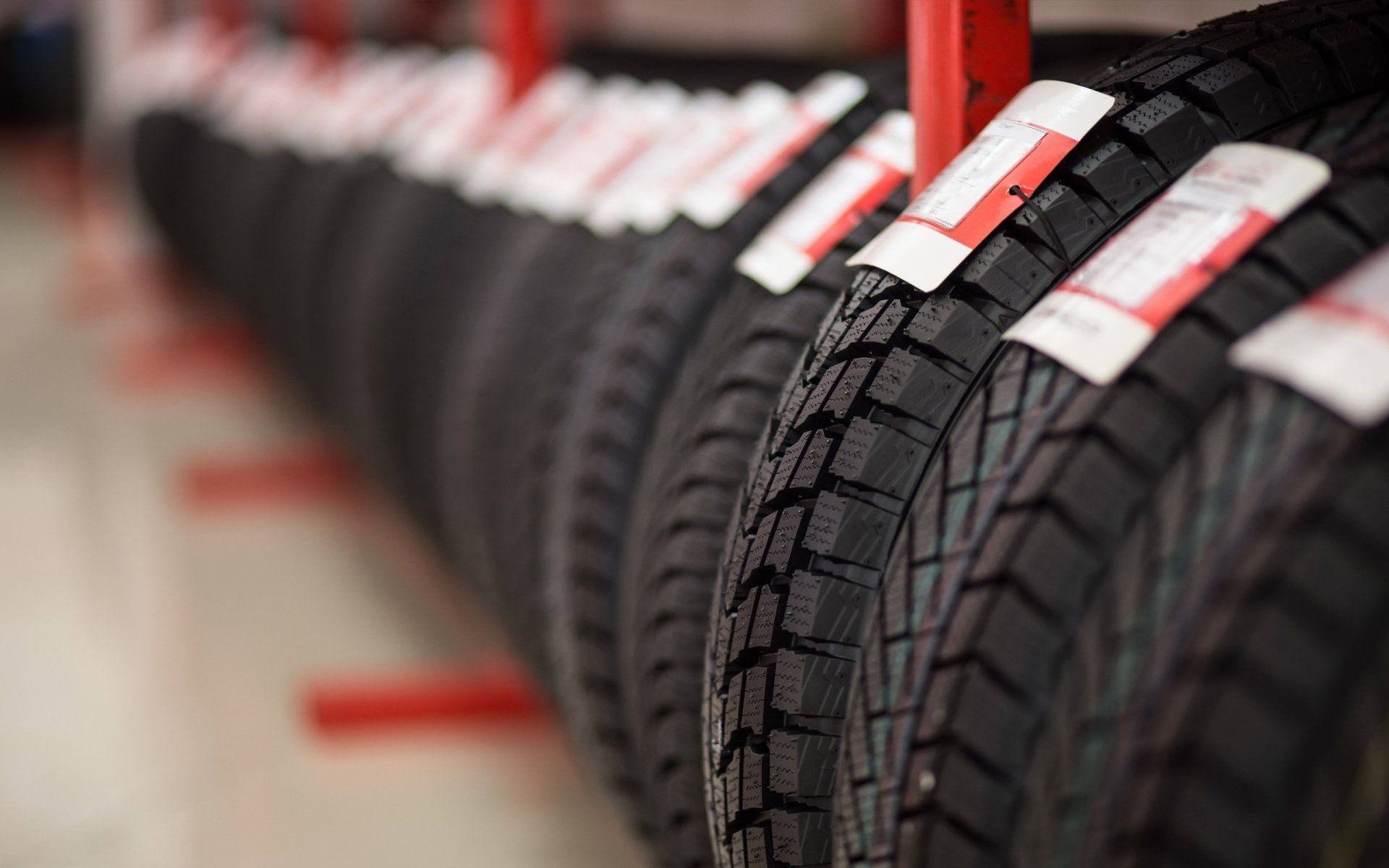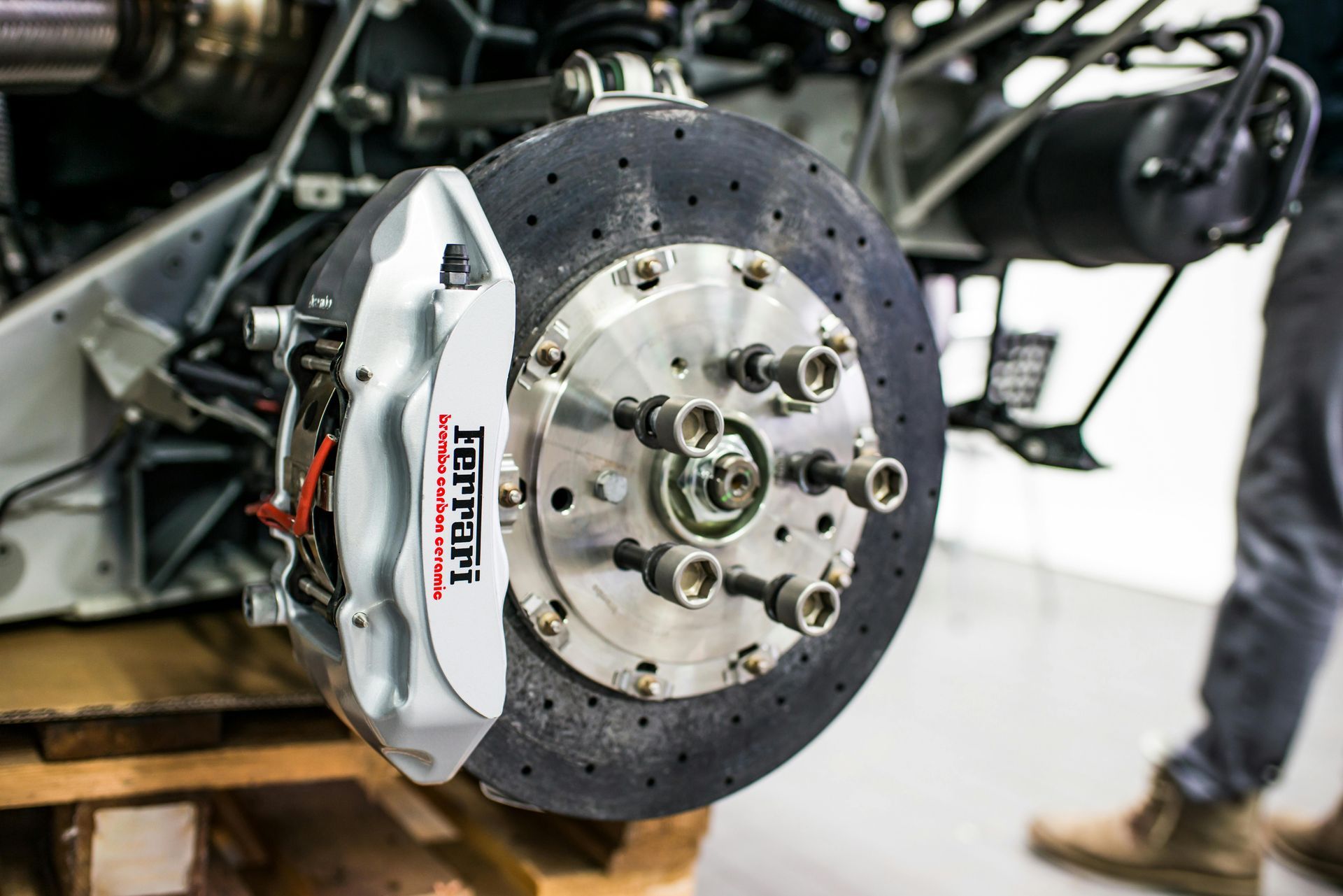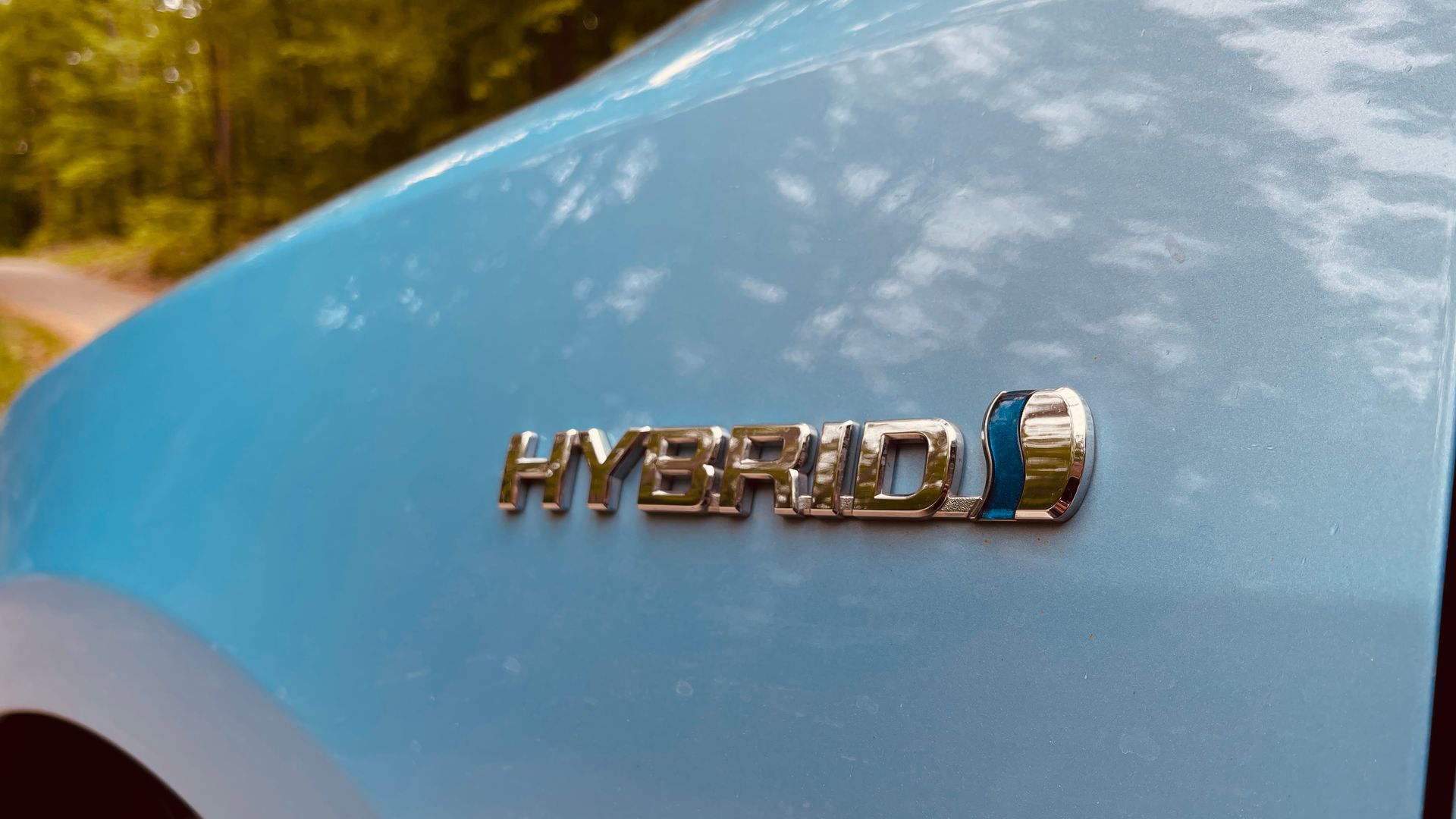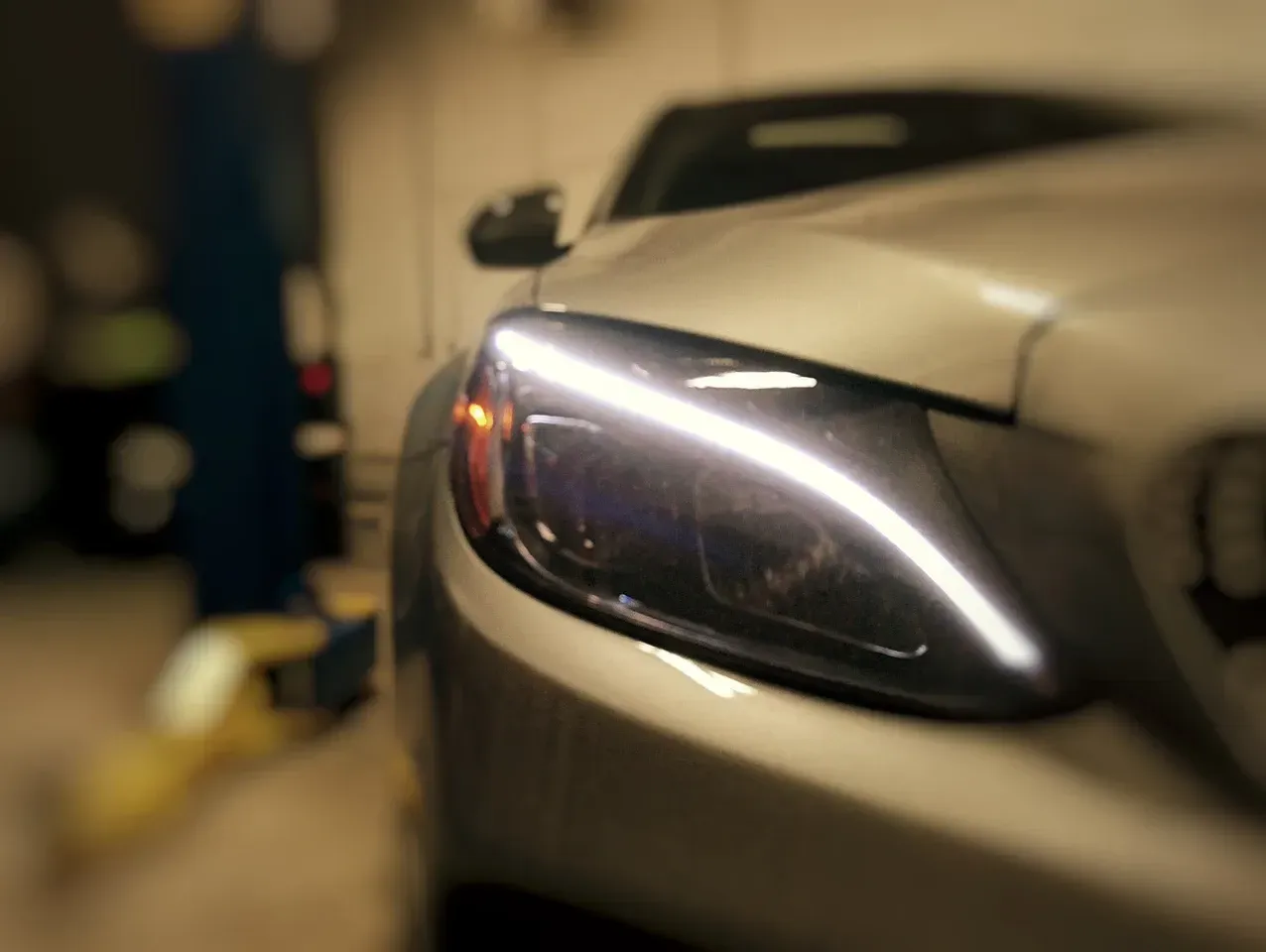MIL a.k.a check engine light
Most people look at the MIL or the dreaded “check engine light” as a sign of evil. They call out to the God with phrases like “not you again” or “oh $#!+” following shortly after. The truth is that the MIL (malfunction indicator lamp) is actually a friend with a case of mistaken identity. As the name suggests, it is a lamp in the instrument cluster (gauge cluster) designed to come on when the extremely smart and sophisticated ECM (engine control module; computer) realizes that there is a system in the vehicle that is not functioning the way it is supposed to and may cause damage to crucial engine components.
The ECM looks at every aspect of the engine’s performance and makes very fine tuned adjustments to keep the engine running at its best. But, when one of the sensors gives a faulty reading, the ECM tries to compensate for it for as long as it can, before throwing on the MIL. While this is the normal way for the ECM to react to the faulty readings, it may in some cases cause the engine to perform very poorly and may even prevent you from driving the vehicle safely. For example, you may not be able to accelerate, you may not be able to go over a certain speed or the vehicle may idle very rough. If left unattended, a fault code in the ECM may lead to expensive repairs and unnecessary parts replacement that could have been avoided.
The purpose of the MIL is to caution you about the possibility of poor emissions from the vehicle due to a sensor or system malfunction. Now we all want to keep mother earth as clean and fresh as possible and want to help in any way we can, so ignoring an illuminated MIL would be doing the exact opposite. When the MIL is illuminated, your vehicle is not running at its optimal. Your fuel consumption could increase many folds causing excessive unburnt hydrocarbons (nasty black exhaust residue made of hydrogen, oxygen and carbon) to exit the tail pipe of the vehicle and be released into the atmosphere. Elevated levels of NO, CO, CO2 and other harmful and toxic gases also escape the tail pipe roaming freely in the atmosphere, which are responsible for increasing the greenhouse effect of the planet (global warming) and depletion of the ozone layer, which is our only defense against the extremely dangerous UV rays of the sun.
So, ignoring the MIL has so far caused you to use more fossil fuel which powers the engine, your wallet has gotten lighter rather quickly and also caused some amount of damage to the atmosphere. Now it may not seem like your 1 car can do much damage, but what if there are others who have left their MIL unscanned and unrepaired. Let’s put this in perspective, shall we. In the year 2005, there were a total of 17.9 million light vehicles registered in The Great North as per Natural resources Canada. If only 1% of those vehicles had their MIL’s illuminated for one or more reasons, that’s 170,000 light vehicles not running as efficiently as they should, burning more fuel than they need to and causing excessive pollution in our country. How about another simple calculation? From my personal experience, my 2002 Chrysler 300M would only go 400 kms per tank when the MIL was illuminated as opposed to 500 kms when it was running smoothly. If my fuel tank took 60 L of fuel, it gives me a consumption of 12 L/100 kms when my car was running fine, but when it wasn’t; I was using an extra 3 L of fuel to go the same distance. Hmm, doesn’t seem like much. But let’s include the other 1% drivers like me and assume they all used the same 3 L of extra fuel on an average. Combined together, we wasted 510,000 L of gasoline. That’s 8,500 gas tank fill ups with a capacity of 60 L wasted, or 4.2 million kms of driving distance that I couldn’t go in my Chrysler.
If the trend continued and more and more people started ignoring their MILs, how long would it take for us to tip the delicate balance of our atmosphere? Frankly, I do not have an answer for that, and neither do I want to know because sometimes ignorance is bliss. But at least I know I’m doing my part by keeping my vehicles running at their very best and tackling the issue that cause the MIL to show up.
There are multiple reasons for the MIL to illuminate, loose gas cap, faulty oxygen sensor, one or more cylinder misfiring are among the most common. Although, in most cases it would be ok for you to drive your vehicle to the repair center and get diagnostic performed on the vehicle to find out the cause of MIL, in case of a misfire when you have a flashing MIL, the vehicle should not be driven and the engine should be turned off as soon as it is safe to do so. Continuing to drive the vehicle when the MIL is flashing is an indication that one or more cylinders are not able to combust gasoline in the engine and as a result unburnt gasoline has been sent to the exhaust pipe. But before it goes out the exhaust tip, it’ll have to pass through the catalytic converter which can be as hot as 500 degree Celsius and will burn the gasoline instantly, something it is not designed to do, as this leads to the catalytic converter getting even hotter and melting its honeycomb arrangement of precious metal into a lump and rendering itself useless causing the vehicle to run poorly, burning more fuel and not be able to take care of the toxic exhaust fumes. This will in turn cause you to dish out lots of dollars to get the cats replaced. So once again, acknowledging and repairing the cause of the MIL can save money and the environment.
So, essentially the MIL is designed to save you money while saving the environment at the same time. But, how do you know what the MIL is trying to tell you. There’s a whole bunch of small scale ECM scanners that could look up the code and give you a description, and that’s it. These small scanners cannot perform much of the diagnostics and even viewing live data from the ECM is usually very slow to be of any use. A proper scanner can tell you the code, a description of it and will be able to perform active tests to see what part needs to be replaced. These scanners can also check other systems of the vehicle and perform testing on those as well for example SRS, ABS, Hybrid systems, etc. But, they come at high costs and are not a reasonable purchase for the common household. So, if you have an illuminated MIL and want to get it checked out, visit us at Mecano Autoworks Inc. and we’ll gladly hook up our scan tool to tell you what the ECM is trying to tell you.



